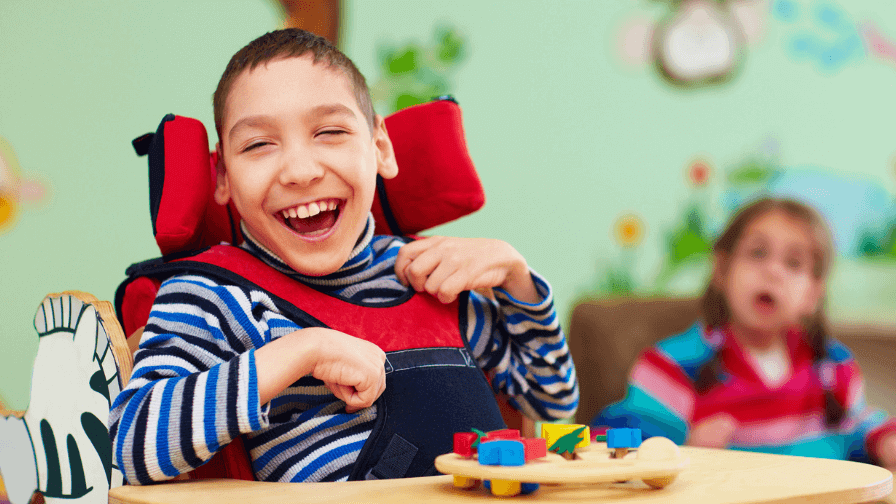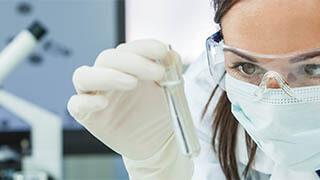Almost 2,000 babies born each year in the UK are diagnosed with cerebral palsy. They face lifelong difficulties with movement and coordination. Up to 40 per cent start to have problems with their hips during childhood, which can cause pain, reduce mobility and can lead to hip dislocation. This can make it hard for children to stand, walk or even sit comfortably. It can cause other problems too, such as fractures and skin ulcers. Early and accurate prediction of hip problems, which allows prompt treatment, is vital.

Currently, X-ray scans are routinely used to screen for hip problems in children with cerebral palsy, but they cannot be carried out often due to increased exposure to radiation, and only produce 2D images which do not always indicate future problems.
With Action funding, Dr Shortland and his team have studied images, using X-ray and a new 3D ultrasound imaging technique, of the hips of 25 children aged two to 15, who have cerebral palsy. The team have developed a new index for measuring lateral hip displacement (hip dislocation) in children with cerebral palsy from the 3D ultrasound images and are developing a new way to screen for hip problems.
The work suggests that ultrasonographers or outpatient clinicians will be able to carry out these scans after just three or four hours of training, making this a time and cost-effective new technique.
This is a step forward in developing a safe new technique that can be used regularly to track hip health more closely, so helping doctors to give the most appropriate treatments to children with cerebral palsy. These findings could offer real clinical potential, and the researchers hope more children will start to benefit from the new technique within the next three years.

